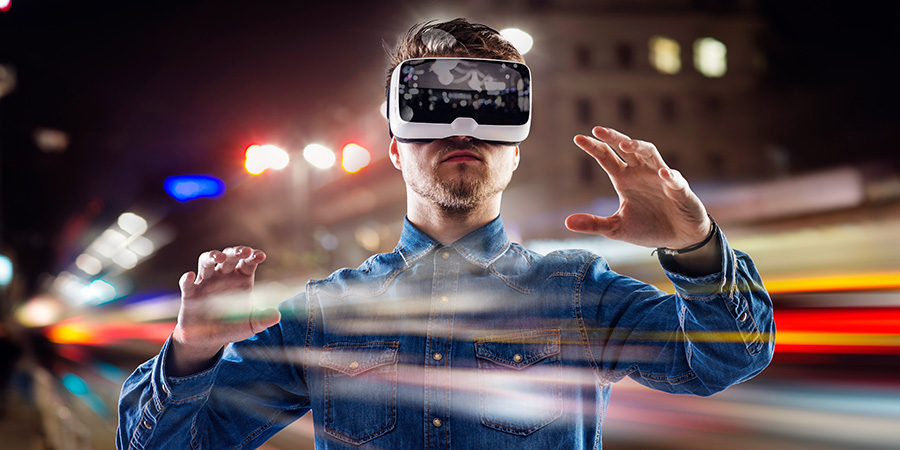Wearable technology is enhancing efficiency and safety within warehouses and retail environments.
Devices equipped with proximity sensors, posture monitors, and environmental sensors help prevent accidents by providing immediate feedback to workers. For example, proximity sensors can alert workers when they are too close to moving equipment, while posture sensors can correct unsafe lifting techniques. Additionally, wearables can monitor vital signs like heart rate and detect fatigue, reducing the risk of accidents caused by overexertion or tiredness.
These devices also enable real-time location tracking and communication, ensuring quick emergency responses. GPS and indoor positioning systems allow for precise worker tracking, while geofencing prevents entry into hazardous areas. Wearables collect and transmit data for analysis, enabling predictive analytics to identify potential safety risks.
Companies like Zebra Technologies are leading the way with devices that digitize manual workflows, streamline operations, and reduce errors. These wearables are specifically designed for tough conditions, offering features such as high-performance barcode scanning, rugged durability, and seamless device connectivity.
By integrating wearable technology into daily operations, businesses can boost productivity and ensure their operations are prepared to meet the growing demands of modern commerce.
Investing in purpose-built wearables provides a competitive edge, enhancing both efficiency and safety in critical environments.










